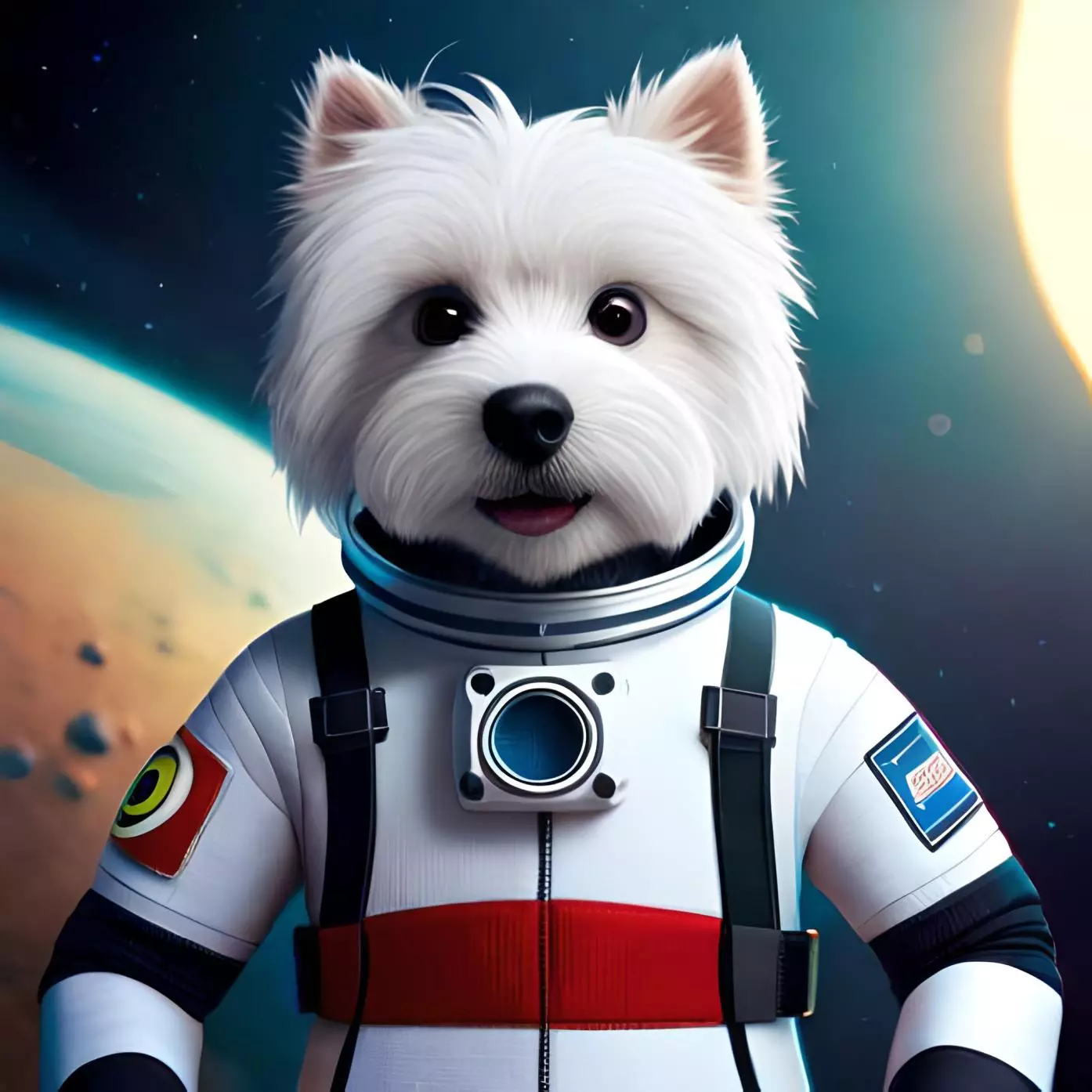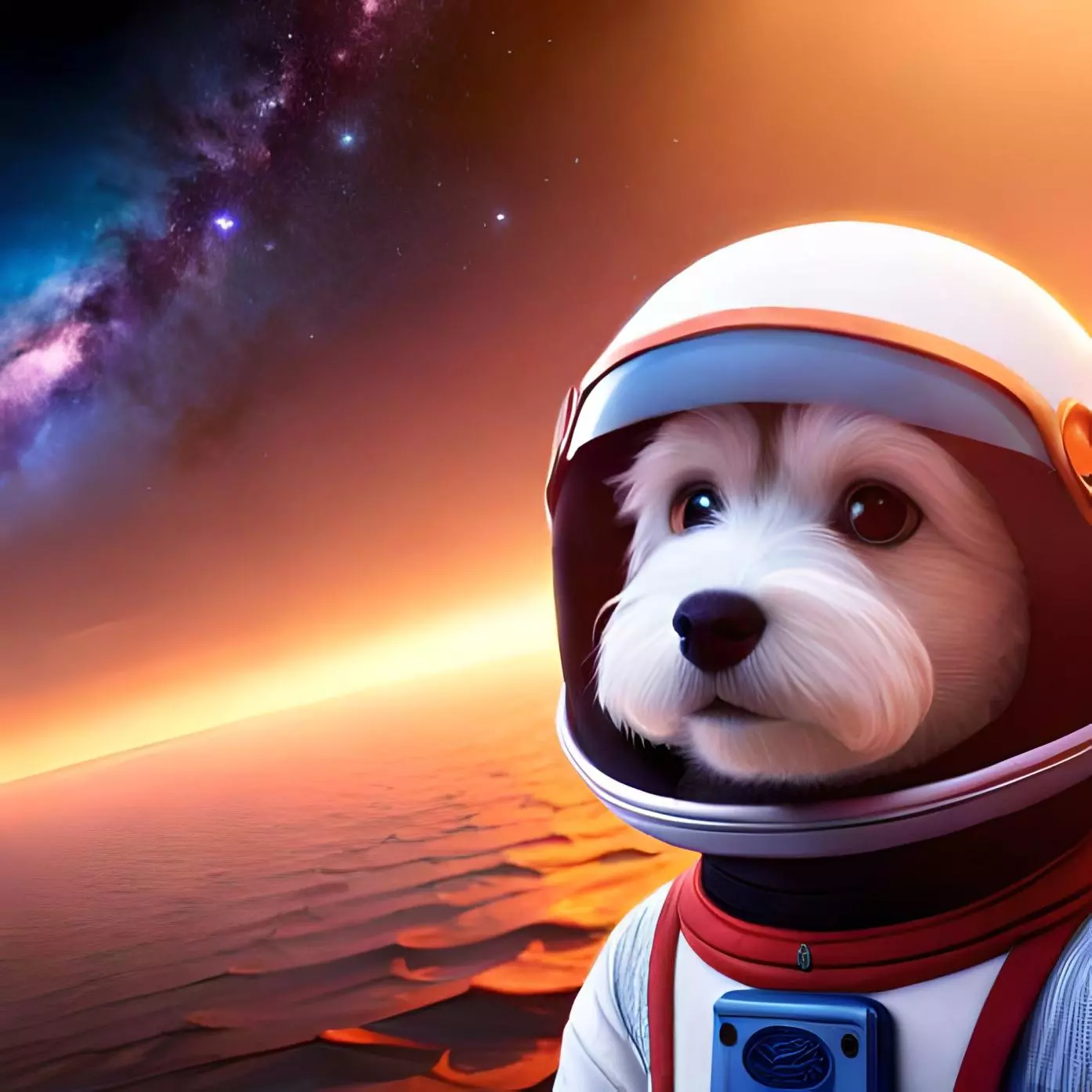
Macarena y el Sistema Solar
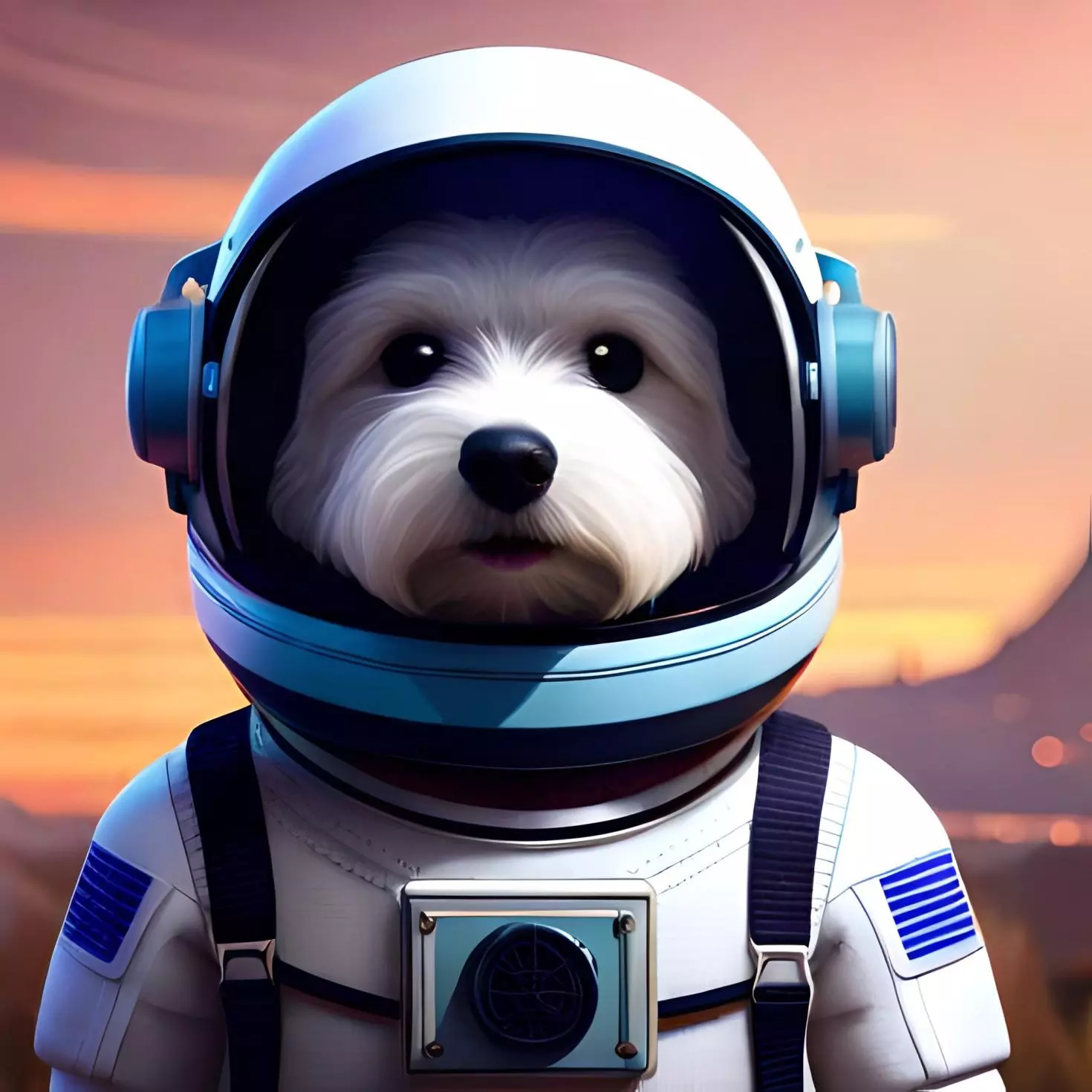
Solar System
The solar system is a family of planets, including Earth, that orbit around the sun. It's made up of eight planets, like Jupiter and Mars, and many other objects. Each planet is unique in size and color. We live on Earth, which is the perfect place for us to live with air, water, and a blue sky
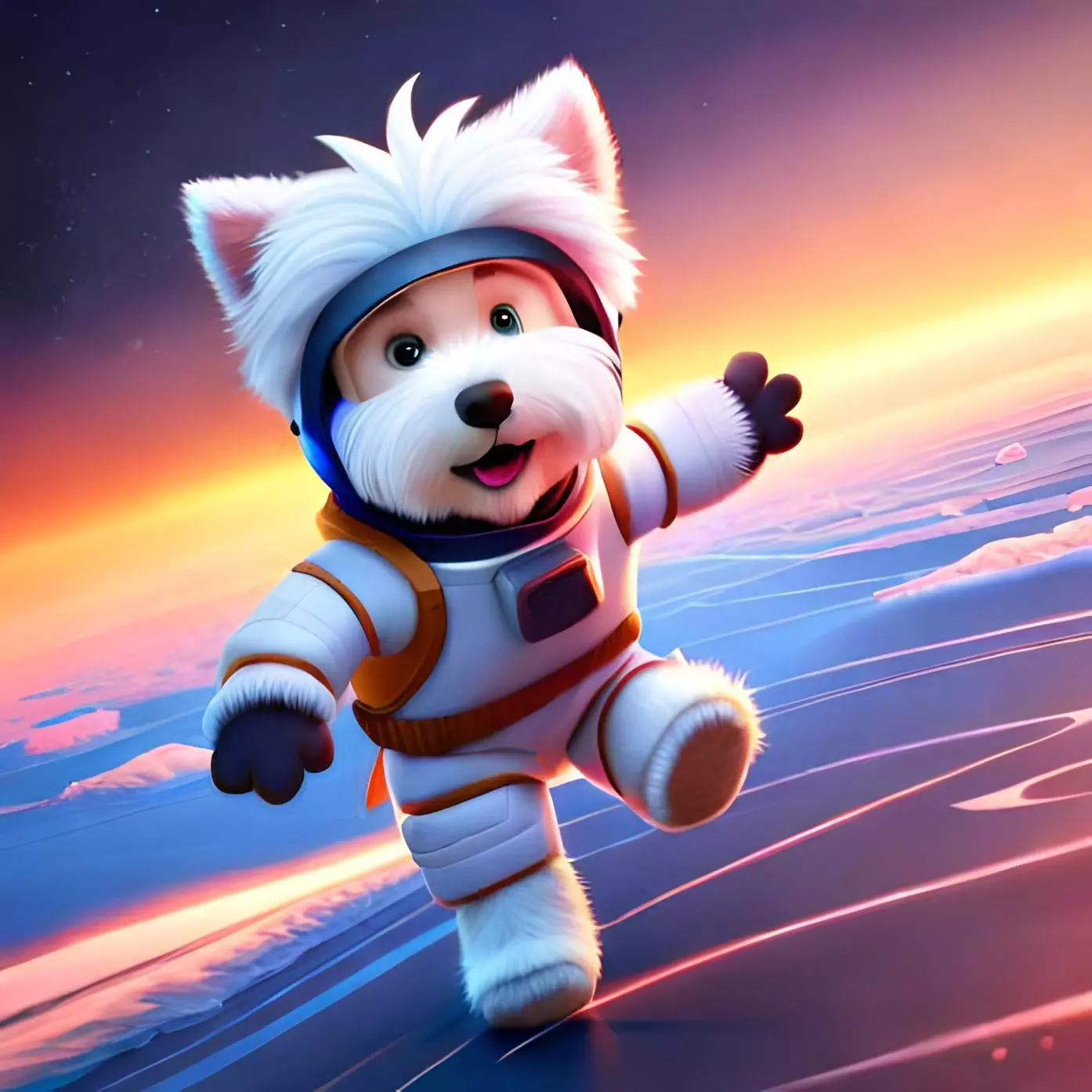
Mercury
Size 0.38x Earth. Discovered by ancient civilizations. Closest planet to the Sun. Orbits in just 88 Earth days. No atmosphere, extreme temperatures. Fun Fact: Mercury has craters named after famous artists! Two names of craters on Mercury are "Michelangelo" and "Da Vinci.
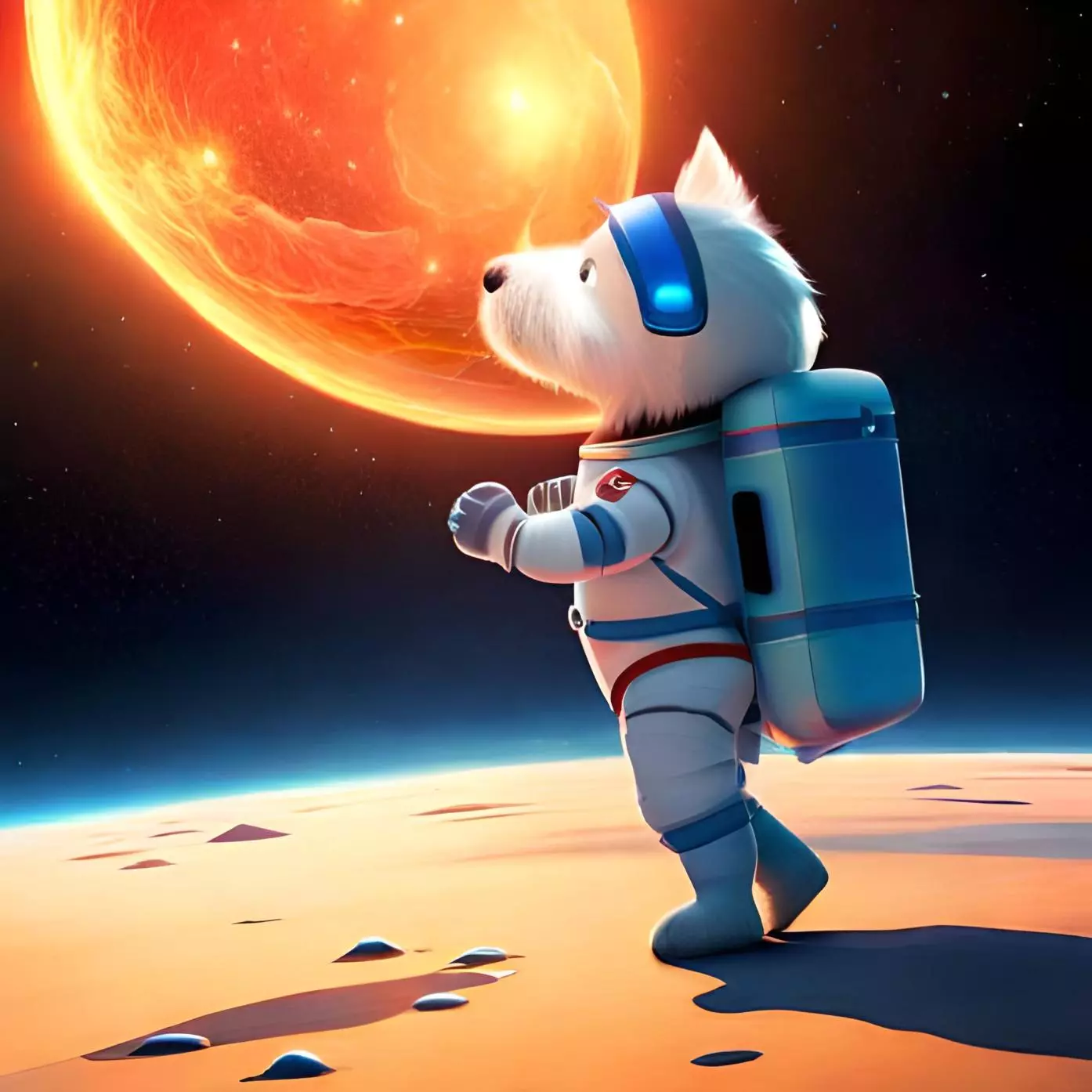
Venus
Venus, known as Earth's "sister planet," is about 0.95 times the size of Earth. It was discovered by ancient civilizations. Venus orbits the Sun in 225 Earth days. It has a thick atmosphere, hot surface, and acidic clouds. Fun Fact: Venus has a runaway greenhouse effect, making it the hottest planet in our solar system. Venus is also the second brightest object in the night sky.
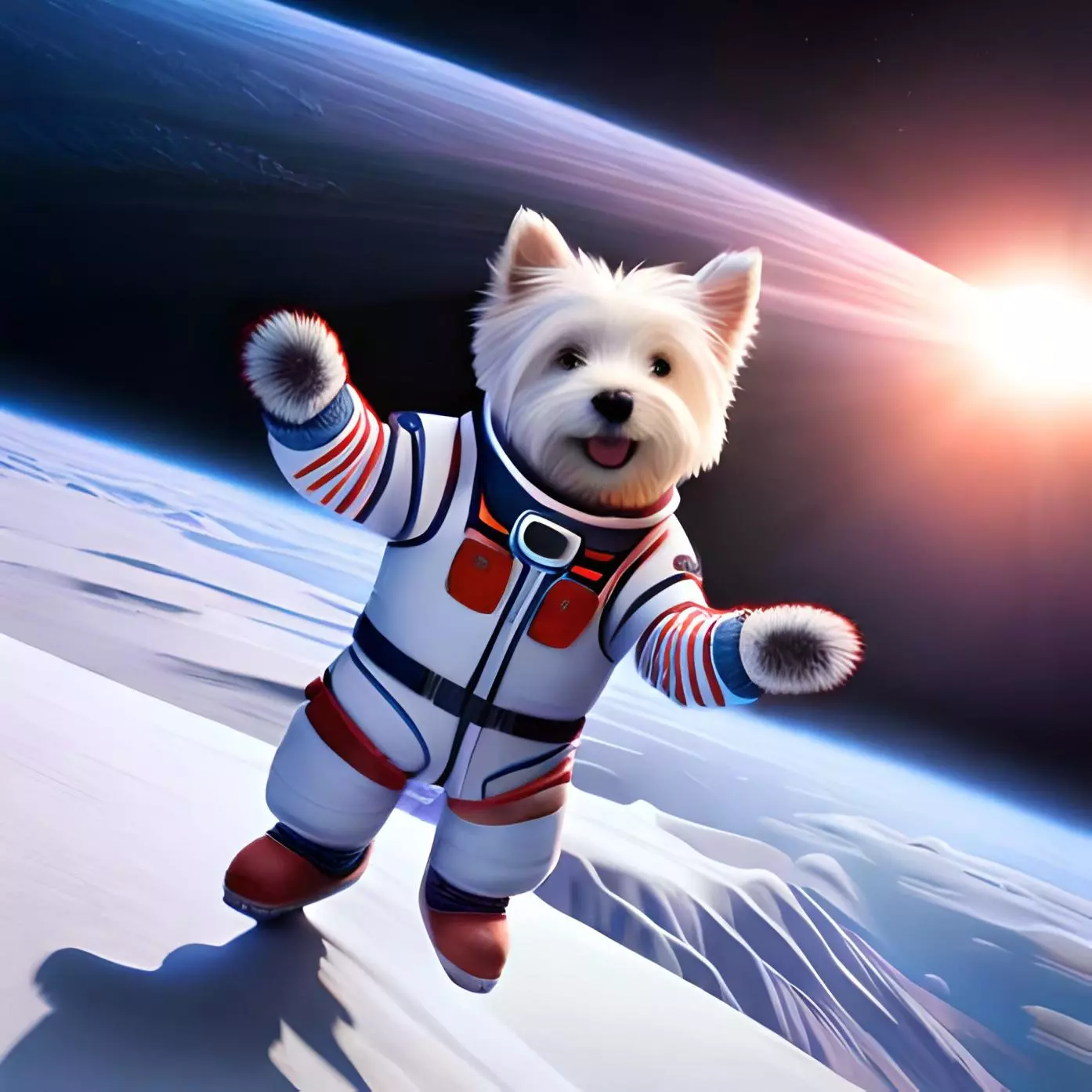
Earth
Earth: Our home planet! . Explored by humans. Orbits the Sun in 365 days. Supports diverse life forms with abundant water and a breathable atmosphere. Fun Fact: Earth is the only known planet with chocolate!
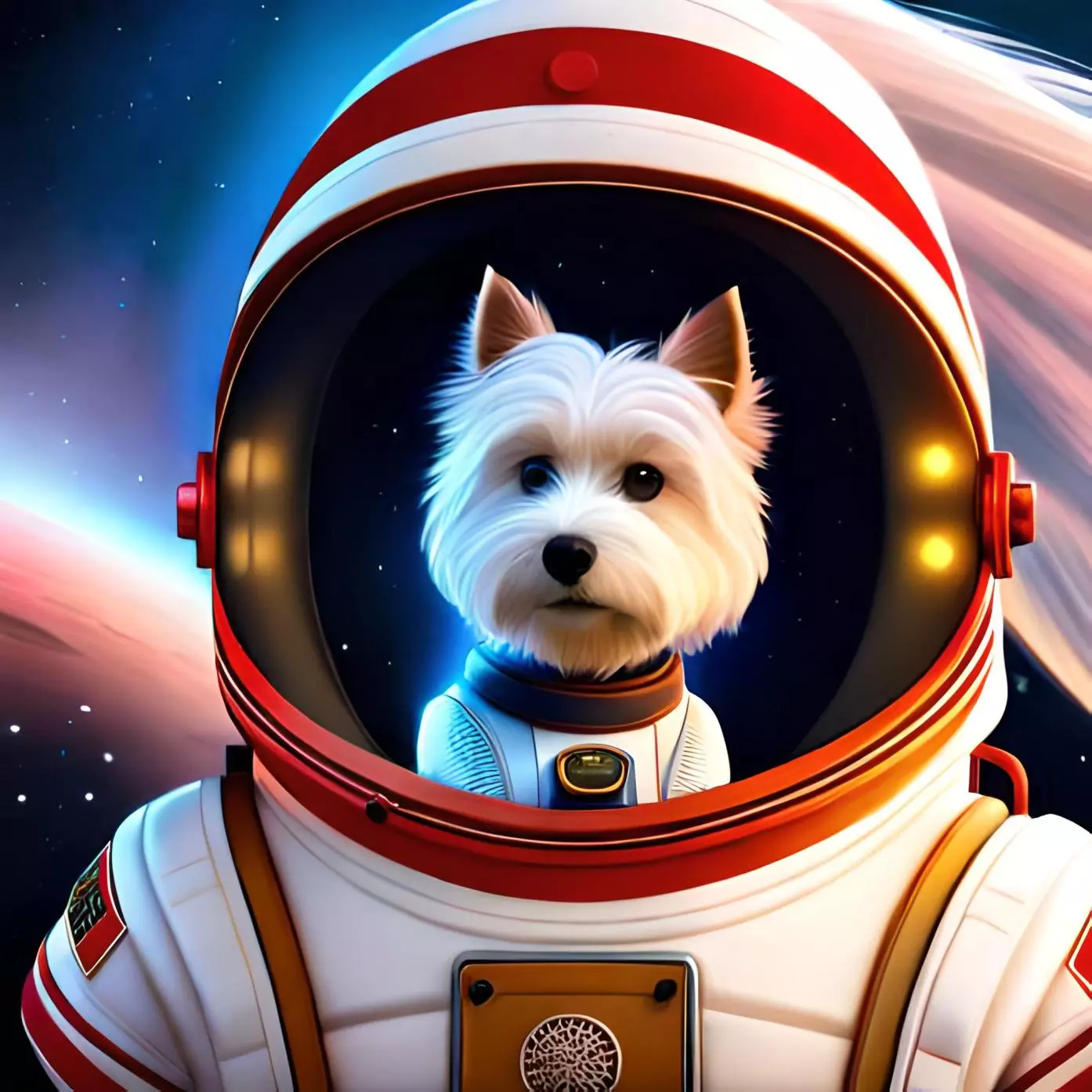
Mars
Mars: The "Red Planet" is smaller than Earth. It has a dusty surface and a thin atmosphere. Mars has a year of about 687 Earth days! Scientists think there could have been tiny living things there long ago. People are exploring Mars to learn more! NASA's rovers, like Perseverance, have been sent to study its rocks and search for signs of life. Exciting discoveries await us in our exploration of Mars!

Jupiter
Jupiter: The giant of our solar system! It's 11.2 times bigger than Earth. Jupiter is the largest planet and has no solid surface, only a thick atmosphere of gas. It takes about 12 Earth years to complete one orbit around the Sun. Did you know Jupiter has a famous storm called the Great Red Spot, larger than Earth itself? It's an amazing planet to explore!
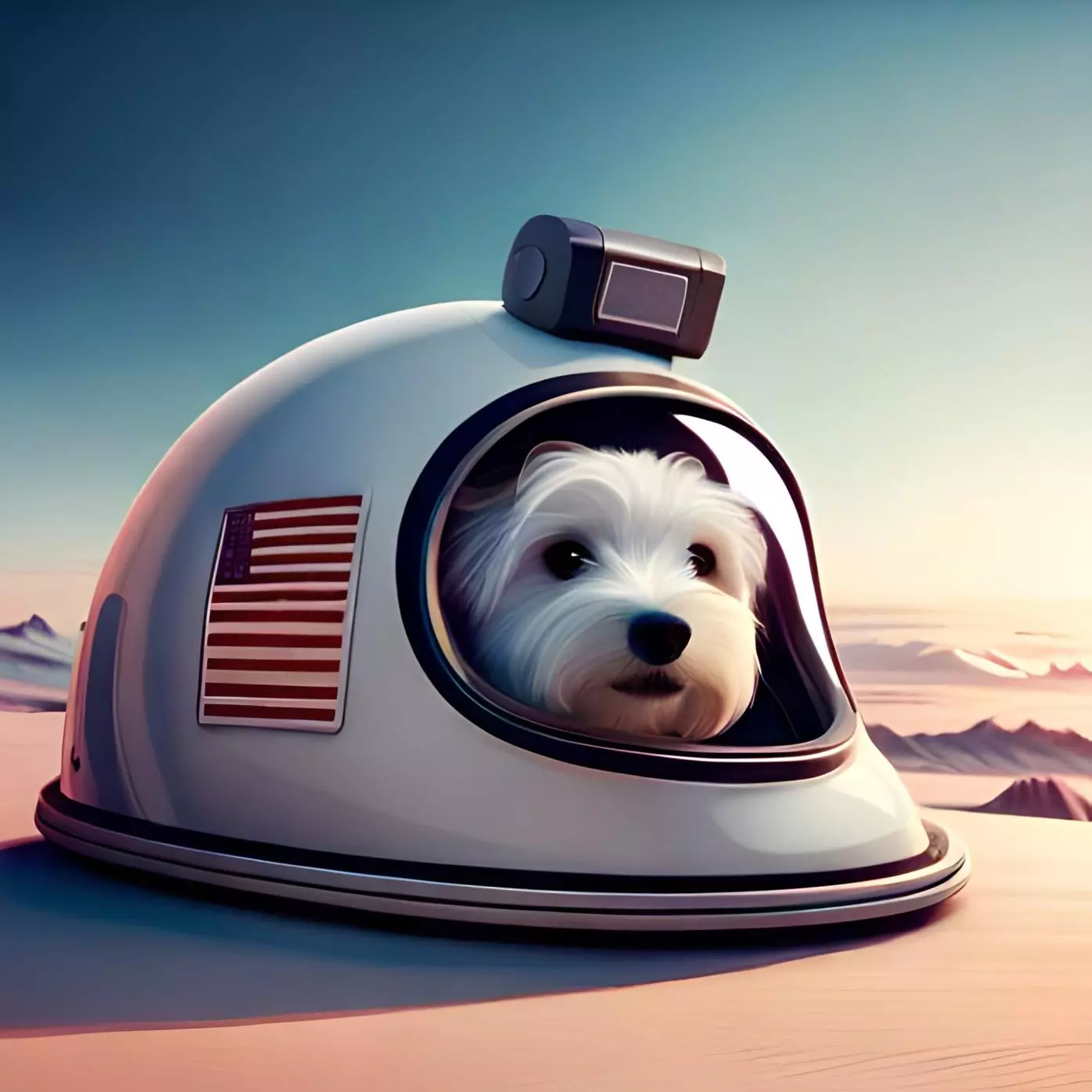
Saturn
Saturn: The ringed wonder! With a size 9.45 times that of Earth, Saturn boasts a stunning system of thousands of rings and an impressive collection of 82 known moons. It takes about 29.5 Earth years to complete its orbit. Saturn has no solid surface, but its diverse moons and vibrant colors make it a celestial beauty.

Uranus
Uranus: The mysterious ice giant! It has a diameter of 51,118 kilometers, about 4 times that of Earth. It rotates on its side, giving it unique seasons. Uranus has 27 known moons and a faint ring system. Its blue-green color is due to the presence of methane gas in its atmosphere. Uranus was discovered in 1781 by William Herschel.
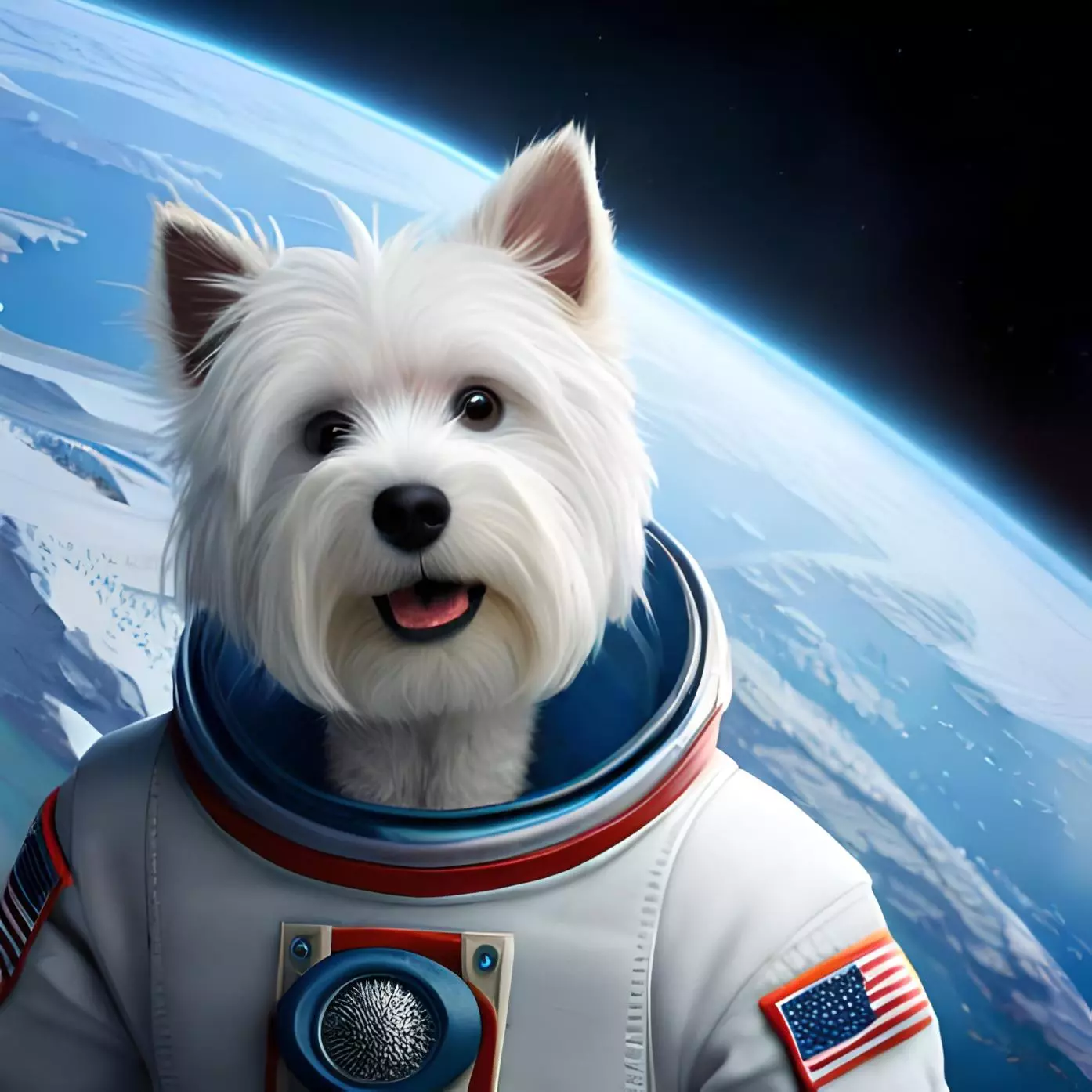
Neptune
Neptune, the majestic blue planet, is the eighth and farthest planet from the Sun. It has a diameter of 49,244 kilometers, making it slightly smaller than Uranus. Neptune is known for its striking deep blue color, caused by the presence of methane in its atmosphere. It has a turbulent and dynamic atmosphere with strong winds and violent storms. Neptune has a total of 14 known moons and a faint ring system. It was discovered in 1846 through mathematical predictions before being observed directly.
